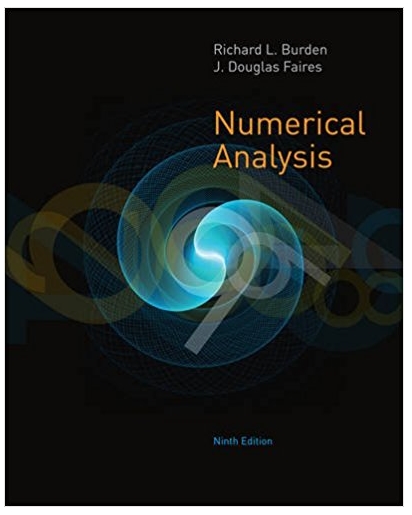Question
Sampling, Probability, the Binomial Distribution, Null Hypothesis Testing. (9 pts) Suppose a large set of scores is normally distributed (M = 90, SD = 10).
Sampling, Probability, the Binomial Distribution, Null Hypothesis Testing.
(9 pts) Suppose a large set of scores is normally distributed (M = 90, SD = 10). If one score is randomly sampled from the distribution, what is the probability that it will be: A) Less than 94? B) Between 83 and 98? C) Less than 75? For each part of this question, show your work.
(56 pts) For this question, you will use a fair coin to take some samples and analyze them. First, take any fair coin and flip it 12 times. Count the number of heads out of the 12 flips. This is your first sample. Do this 4 more times and count the number of heads out of the 12 flips in each sample. Thus, you should have 5 samples of 12 flips each. The important number is the number of heads in each sample (this can be any whole number between 0 and 12). Then answer the following questions:
(5 pts) First, list the number of heads in each of the 5 samples.
(3 pts) Combining all 5 samples, calculate the mean number of heads. Show your work.
(3 pts) Combining all 5 samples, calculate the median number of heads. Show your work.
(5 pts) If you had a very large number of samples, what value(s) should the mean and median have? Why?
(25 pts) For each of your 5 samples of 12 flips, use the binomial distribution to test the null hypothesis that the coin is fair, using a = .05 (two-tailed). (The alternative hypothesis is that the coin is not fair.) For each sample, calculate the p value (the probability of getting the number of heads you did or a more extreme number of heads (two-tailed) purely by chance). Show your work and organize the data into a small table. For each sample indicate the number of heads out of 12, the p value, your decision about the null hypothesis, and the explicit reason for your decision, in terms of the decision rule.
(2 pts) If each sample involved flipping the coin 6 times (rather than 12 times), and you did this for a very large number of samples, what would be the expected number of heads, on average, per set of 6 flips?
(4 pts) On a series of 17 flips of a fair coin, what is the probability of getting 3 or fewer heads OR 14 or more heads?
(8 pts) If I give you a coin to flip and I tell you it is not a fair coin, but is weighted to come up heads on average only 25% of the time (instead of 50%), what is the most likely number of heads you would observe in a series of 20 flips? If the coin was truly weighted to come up heads on average only 25% of the time, what is the probability that you would observe 9 or more heads in a series of 20 flips? What is the probability that you would observe 3 or fewer heads in a series of 20 flips?
(2 pts) In general, what proportion of samples of fair coin flips (when N is sufficiently large that a rejection region of the binomial distribution exists) should result in rejecting the null hypothesis (a = .05, two-tailed)?
Step by Step Solution
There are 3 Steps involved in it
Step: 1

Get Instant Access to Expert-Tailored Solutions
See step-by-step solutions with expert insights and AI powered tools for academic success
Step: 2

Step: 3

Ace Your Homework with AI
Get the answers you need in no time with our AI-driven, step-by-step assistance
Get Started


